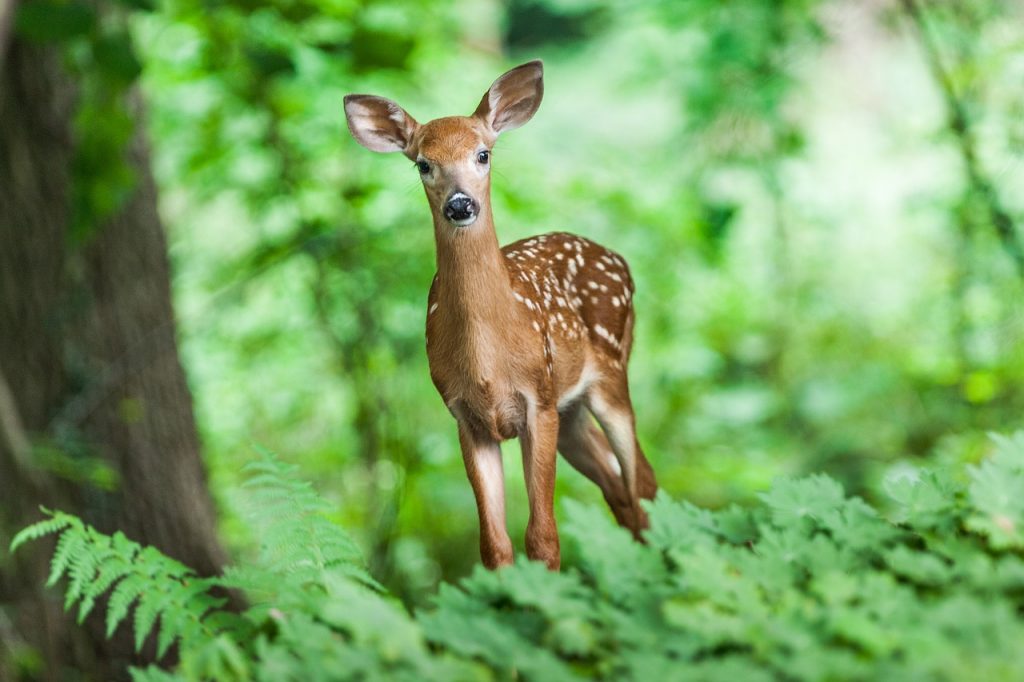Deter Deer from Your Landscape

Here in the Natural State, we enjoy wild beauty. In Good Earth’s home city of Little Rock, nature is never far from our doorstep—from native dogwoods to bubbling brooks to abundant wildlife, we’re surrounded by homegrown beauty. However, this closeness to nature also carries a threat to our gardens: deer! We get questions every week about how to deter hungry deer from munching on our customers’ plants. Below, we go into detail on how to best deter deer from your landscape.
What does “deer-resistant” mean?
Over time, horticulturalists and gardeners have identified plants that deer tend to avoid eating. A key caveat to take away from that sentence is “tend to”—deer seem to be willing to eat anything if they’re hungry enough! In years where drought or overpopulation leads to fewer options, deer may be more willing to graze on plants they typically avoid. That being said, deer will often avoid plants with strong odors, hairy leaves, or thorns. If plants exist with these characteristics on the edge of your property, you may choose to leave them in place as a natural deterrent!
For a list of plants shown to resist deer, follow THIS LINK to the University of Arkansas’ Cooperative Extension Service website. You may also find other plants that, for whatever reason, deer in your neck of the woods won’t eat. By all means, plant more of those and enjoy your garden!
Strategies to deter deer
In addition to choosing less delectable plants, we have a few other tips for you to try to keep the deer out of your yard.
- Address deer problems early in the season! Deer are habit feeders that like to follow a routine. If you can take your yard off the menu early, the deer will find new sources of food to visit.
- Try repellents (such as Liquid Fence). They come in granular and spray forms, so you can choose the form that you prefer. Essentially, repellents smell foul to deer and keep them away from tasty morsels in your yard. Just remember to reapply after rain!
- Frightening devices may also work for you. Motion-detecting sprinklers and lights can be effective, but need to be moved around the yard so the deer won’t simply habituate to their presence. Or maybe a dog in the backyard will keep deer at bay!
- To protect vegetable gardens, shape your beds as narrow rectangles and surround them with high (at least 8’) wire fences. The combination of a tall fence that’s hard to jump and a narrow landing space should keep deer out of your vegetable beds. Small plots can be protected with wire cages with a roof.
If deer have gone from majestic wildlife to pest feeders in your yard, try a multi-pronged approach to convince them to leave your yard alone. A single deer-repelling measure may not be enough on its own to keep deer away, but combining strategies simultaneously will make deer think your yard isn’t worth the effort. Choose deer-resistant plants for your next garden bed, try repellents on those plants they always seem to eat, and stay consistent in your methods until you can break their habits!